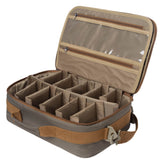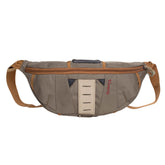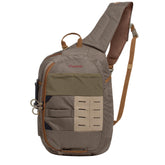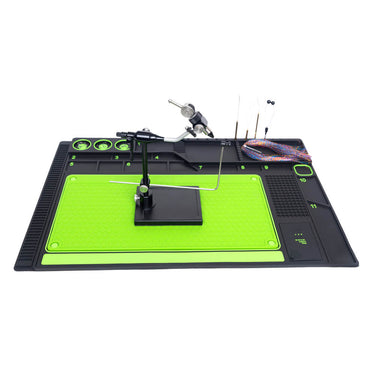Angling for Rainbow Trout: Mastering the Fly
Fly fishing for rainbow trout (Oncorhynchus mykiss) is a thrilling and rewarding pursuit, combining skill, strategy, and an appreciation for nature. Here’s a comprehensive guide to help you succeed:
1. Understanding Rainbow Trout Behavior
Habitat: Rainbow trout thrive in cold, clear rivers, streams, and lakes. They prefer oxygen-rich water with moderate currents, often holding near structure like rocks, logs, or undercut banks.
Feeding Habits: They’re opportunistic feeders, eating insects (aquatic and terrestrial), small fish, crustaceans, and even eggs. Hatchery-raised trout may key in on pellets initially but adapt to natural prey.
Seasonal Patterns:
Spring: Active feeding as water warms; look for hatches (midges, mayflies, caddis).
Summer: Early morning/late evening bites; focus on deep pools or shaded areas.
Fall: Spawning season (aggressive behavior); egg patterns and streamers work well.
Winter: Slow, deep presentations with small nymphs or midges.
2. Essential Fly Fishing Gear
Rod: 9-foot, 4-6 weight fly rod (versatile for most situations).
Reel: A simple drag system with a smooth retrieve (match to rod weight).
Line: Weight-forward floating line for most scenarios; sink-tip for deeper water.
Leader/Tippet: 9–12-foot leader (4X–6X tippet for dry flies, 3X–5X for nymphs/streamers).
Flies (Carry a variety):
Dry Flies: Adams, Elk Hair Caddis, Parachute Hare’s Ear (#12–18).
Nymphs: Pheasant Tail, Prince, Zebra Midge (#14–20).
Streamers: Woolly Bugger, Muddler Minnow (#6–10).
Egg Patterns (effective in fall).
3. Techniques for Success
Matching the Hatch: Observe rising trout and mimic local insects. Check rocks for nymphs or watch for surface activity.
Dry Fly Fishing:
Cast upstream of rising fish, let the fly drift naturally.
Use a gentle "reach cast" to avoid drag.
Nymphing:
Euro-nymphing or indicator rigs work well in deeper runs.
Focus on seams between fast and slow water.
Streamer Fishing:
Strip-retrieve with short, erratic motions to trigger strikes.
Target undercut banks or drop-offs.
Stillwater Tactics (lakes/ponds):
Use sinking lines with leech or damselfly patterns.
Retrieve slowly near weed beds.
4. Presentation Tips
Stealth: Approach quietly, wear muted colors, and avoid casting shadows.
Drift: A drag-free drift is critical—mend your line to avoid unnatural movement.
Strike Detection: For nymphs, watch the indicator or line twitch. With dry flies, wait for the trout to fully take the fly before setting the hook.
5. Best Locations for Rainbow Trout
Rivers/Streams: Look for riffles, pools, and confluences where food concentrates.
Tailwaters: Below dams (consistent temps = year-round fishing).
Spring Creeks: Clear water demands precise presentations.
Lakes: Focus on inlets, outlets, and submerged structure.
6. Conservation & Ethics
Catch-and-Release: Use barbless hooks, wet hands, and minimize handling.
Respect Spawning Beds: Avoid wading through redds (gravel nests) in fall.
Check Regulations: Follow local size/bag limits and seasonal closures.
7. Recommended Resources
Books: The Orvis Guide to Fly Fishing by Tom Rosenbauer.
Online: Orvis Fly Fishing Podcast, YouTube channels (e.g., Tightline Productions).
Local Shops: Get hatch reports and advice from guides.
Final Tip
Rainbow trout are often more aggressive than other trout species, making them great for beginners. Stay patient, observe the water, and adapt to conditions—tight lines! 🎣















